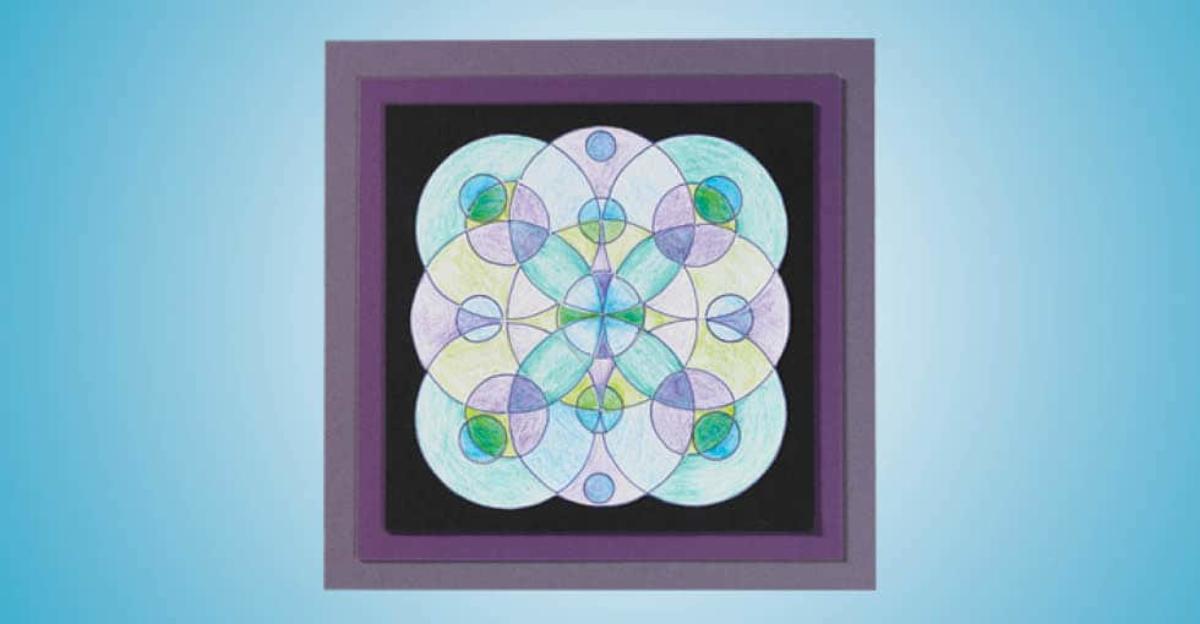The concept of the circle predates recorded history. The first drawn circles likely represented the sun and were probably sketched in sand, using a stick. As man evolved, the circle remained a constant, used in early forms of writing, mathematics, inventions including the wheel and the pulley, and, of course, in art.
Historically, circles in art symbolized infinity, with no beginning, no end, and no point stronger than another. The circle has been used to depict everything from halos, rings, wheels, and serpents, to coins, eyes, and planets. And who could forget the Rose Windows in the cathedrals at Chartres and St. Denis?
Geometrically speaking, concentric circles are defined as two or more circles that share the same axis, or center point – think about an archery bullseye or the Target logo. Although many think immediate of Kandinsky’s Concentric Circles when they consider concentric circles in conjunction with art, concentric circles have been used in art for centuries. For example, Australian Aborigines used concentric circles to depict a hole, cloud, or nest.
Your students can experiment with both concentric circles and color theory in our Symmetrical Color Theory Designs lesson plan. This cross-curricular plan combines the art of color with the mathematics of symmetry, with spectacular results.
Students begin by using a ruler to transform a sheet of paper into an even grid. Next, they’ll use the grid and an angle and circle maker to form concentric circles of varying sizes, repeating to create a circular pattern on their pages. Students will then select their colored pencil palettes and begin shading, mirroring identical colors at the top, bottom, left, and right of their pages to create a perfectly symmetrical concentric circle design.
Click to view the plan, including step-by-step instructions, a complete materials list, and a photo of a finished piece, today.
For grades 7-12.






Leave a Reply